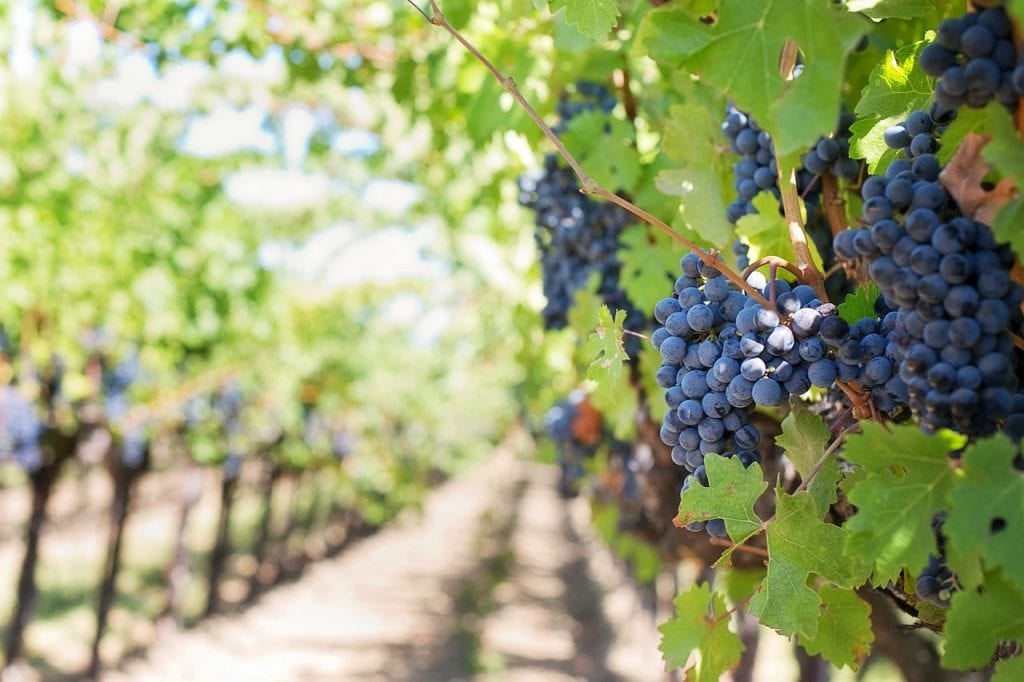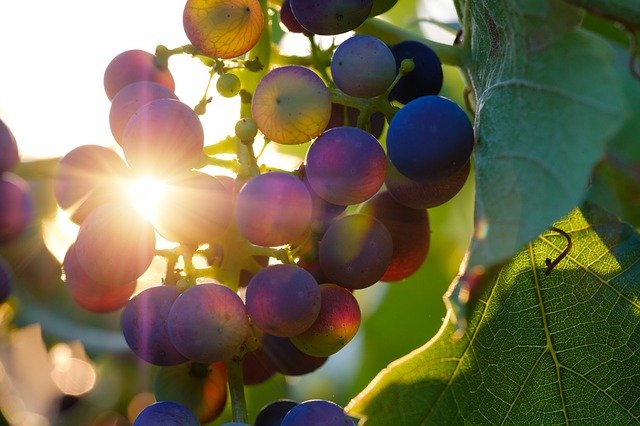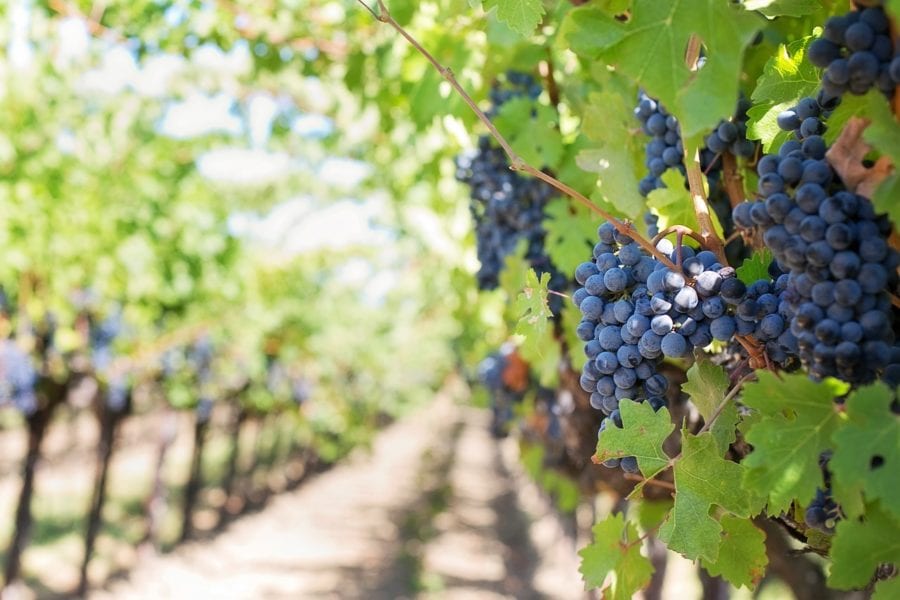La domestication of the vine started relatively shortly after the last glaciation. We are talking about a plant that we have been drinking from eight thousand years. To understand its evolution we will refer to a study of the Institute of Vine and Wine Sciences (ICVV). We tell you everything about its adaptation process until it becomes what it is today. Do you want to delve into the secrets of plant genetics?
Beginning of the domestication of the vine
It is well known that man's lifestyle habits have not only influenced his evolution. The human being is responsible for creating creatures as amazing as the chihuahua from wolf wild. This is due to the custom of to tame animals and plants already in the Neolithic. Has been modifying its DNA over the millennia. The domestic cat is the result of the wildcat, as well as the wheat or the vid current are that of wild plants. Therefore, changing the lifestyle of a species has an impact on its physiognomy.
In the case of the vine, this is obvious. We all know that since the time of Old Testament they drank wine. Clearly it is a plant that has accompanied us throughout history. The problem presented by the study of evolution is the few findings of the previous phases of the current plant. Today only wild plants and plants are generally found sativa (the variety evolved as a result of cultivation). However, there is a place where evidence has recently been found on missing links.
The domestication of the vine in the Balkans
The republic of Montenegro is a small Balkan country on the shores of the Mediterranean coast. Its viticulture differs from the rest of Europe in that it is more cuisine. In countries like Spain and France there is hardly any wild vine and practically everything that exists is sativa (cultivated). The dizzying pace of market It has led to the loss of the diversity of cultivation and traditional practices. In Montenegro, however, current crops coexist with typical viticulture. This results in a genetic variety much older.

That is why a team of ICVV and the winery 13 Jul Plantaze found the missing links that explain the evolution of the plant. Collected 419 genetic samples in all the country. These include plants grown in old orchards y wild vines. In theory, the latter belong to the variety sylvestris, predecessor of the sativa or cultivated current. Also included in the study were 57 local varieties conserved in a vine collection. It is a good place to study the domestication of wine.
The results
The conclusions were surprising. The adaptation process is not over. In addition, they found cultivated varieties that had not practically evolved since the Neolithic, since they also grew in the nature. Javier Ibanez, the ICVV, made it clear. There are few generations of separation between the wild and cultivated subspecies. We must also note that the genetic flow between them has not stopped.

The results were incredible. So they got 144 different genetic profiles. Analysis of their genetic structures revealed several predecessor forms that had not yet become sativa. It is estimated that domestication of the vine It began eight thousand years ago during the Neolithic Age. A notable finding of the study is the observation of plants sylvestris that were put into cultivation. They multiplied them by cuttings. Thus, with this factor a variety is already considered.
Fundamental hybrids
Another very remarkable finding is the presence of intermediate varieties between the wild ones and those cultivated in orchards and vineyards. Therefore, we speak of hybrids between sylvestris y sativa fundamental para la domestication of the vine. It could be said that the diversity of vines typical of the country favors the genetic flow between subspecies. In these mixtures, the safest thing is that they were fundamental for the adaptation of the vine in our peninsula. Wild ones helped cultivated varieties to become resistant and enduring.

The findings are surprising considering that it is one of the smallest countries on the continent. Many subtypes are found bordering the extinction. We also find in Montenegro the subspecies Savagnin. She is the progenitor of some of our peninsular varieties. Among them are Verdejo, Godello y White Maturana. It is interesting how science helps us to know the origins of one of the oldest and most traditional drinks on the planet. If we understand the past of wine, we can guarantee a future no matter what. Now, you know more about the domestication of the vine.







